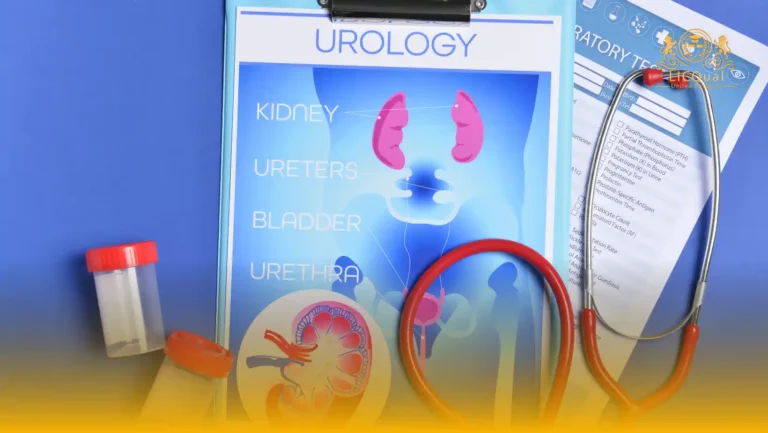The LICQual Level 1 Certificate in Rigger is a foundational qualification designed for individuals looking to start or formalize their career in the lifting and rigging industry. This course is ideal for beginners or those with limited experience in rigging operations who wish to gain the essential skills and knowledge required to safely participate in lifting operations. By focusing on the core principles of rigging, this qualification provides learners with the fundamental skills to contribute to lifting operations in industries such as construction, manufacturing, shipping, and more.
Rigging plays a vital role in ensuring that lifting equipment and loads are prepared and moved safely. The LICQual Level 1 Certificate in Rigger will introduce learners to the essential techniques and procedures involved in setting up lifting operations. Participants will learn how to select, inspect, and safely use rigging equipment, including ropes, slings, shackles, and other accessories. With a strong focus on safety, the course provides students with the necessary knowledge to safely assist in rigging tasks and contribute effectively to lifting teams.
Throughout the course, learners will gain practical experience in rigging operations, including how to secure loads, assess weight distribution, and understand the center of gravity for different objects. This foundational training ensures that participants can properly prepare a load for lifting, inspect rigging equipment for defects, and apply appropriate rigging techniques to ensure stability and safety during lifting. Students will also develop an understanding of how to select the appropriate slinging and rigging methods for different types of loads and lifting equipment.
Safety is the cornerstone of the LICQual Level 1 Certificate in Rigger. The course ensures that learners are well-versed in identifying and assessing potential hazards, including environmental risks and equipment failures. Participants will also receive training on personal protective equipment (PPE) and other safety protocols to minimize risks during rigging operations. Understanding how to assess and mitigate risks is essential in preventing accidents and ensuring safe working conditions, making this course ideal for those looking to work in high-risk environments.
In addition to the technical aspects of rigging, the course emphasizes the importance of teamwork and communication. A rigging operation involves clear communication between the rigger, crane operator, and other team members. The LICQual Level 1 Certificate in Rigger ensures that students learn the importance of clear and concise communication to prevent accidents and ensure the smooth execution of lifting operations. Whether working with a team or independently, learners will be able to effectively contribute to the rigging process.
Upon successful completion of the LICQual Level 1 Certificate in Rigger, participants will receive a widely recognized certification, validating their competence in rigging operations. This qualification will improve employability and open doors to further career progression in the lifting and construction industries. Graduates can continue their journey towards more advanced rigging qualifications or step into roles such as lifting operatives, crane operators, or rigging supervisors, contributing to safer and more efficient operations in the workplace.
Course Overview
Qualification Title
LICQual Level 1 Certificate in Rigger
Total Units
6
Total Credits
12
GLH
36
Qualification #
LICQ2200189
Qualification Specification
To enroll in the LICQual Level 1 Certificate in Rigger, applicants must meet the following criteria:
|
Qualification# |
Unit Title |
Credits |
GLH |
|---|---|---|---|
|
LICQ2200189-1 |
Introduction to Rigging |
2 |
6 |
|
LICQ2200189-2 |
Basic Rigging Equipment |
2 |
6 |
|
LICQ2200189-3 |
Basic Lifting Techniques |
2 |
6 |
|
LICQ2200188-4 |
Health & Safety in Rigging |
2 |
6 |
|
LICQ2200189-5 |
Communication and Signaling |
2 |
6 |
|
LICQ2200189-6 |
Rigging Operations in the Field |
2 |
6 |
By the end of this course, learners will be able to:
Introduction to Rigging
- Understand the role and significance of rigging in various industries.
- Identify key rigging terminology and concepts.
- Recognize different types of rigging operations and their applications.
- Explain the basic principles of safe rigging practices and their importance in preventing accidents.
Basic Rigging Equipment
- Identify and describe the essential rigging equipment such as slings, shackles, hooks, and pulleys.
- Demonstrate knowledge of the functionality and purpose of different rigging tools.
- Explain how to properly inspect rigging equipment to ensure its safety and reliability.
- Understand how to select appropriate rigging equipment based on the load and task requirements.
Basic Lifting Techniques
- Understand the key principles of load handling, including balancing, securing, and lifting techniques.
- Demonstrate the correct methods for lifting and moving loads safely to minimize the risk of accidents or damage.
- Recognize the importance of load distribution and stability during lifting operations.
- Apply best practices for controlling and guiding loads during lifting and lowering operations.
Health & Safety in Rigging
- Identify the key health and safety regulations and standards applicable to rigging operations.
- Understand the importance of risk assessments and hazard identification in rigging tasks.
- Demonstrate the proper use of personal protective equipment (PPE) in rigging operations.
- Recognize and manage potential risks and hazards to ensure the safety of the rigging crew and equipment.
Communication and Signaling
- Understand the significance of effective communication and signaling in rigging operations.
- Demonstrate proficiency in using standard hand signals and verbal communication during lifting tasks.
- Recognize the importance of clear and concise communication between the rigging team and crane operators.
- Apply correct signaling procedures to ensure safety and coordination during rigging operations.
Rigging Operations in the Field
- Apply theoretical knowledge of rigging in practical, real-world environments.
- Demonstrate the ability to assess site conditions and determine appropriate rigging methods.
- Work effectively within a team to complete rigging operations while adhering to safety protocols.
- Adapt rigging techniques to address specific field challenges, such as environmental factors and load complexities.
This diploma is ideal for:
Assessment and Verification
All units within this qualification are subject to internal assessment by the approved centre and external verification by LICQual. The qualification follows a criterion-referenced assessment approach, ensuring that learners meet all specified learning outcomes.
To achieve a ‘Pass’ in any unit, learners must provide valid, sufficient, and authentic evidence demonstrating their attainment of all learning outcomes and compliance with the prescribed assessment criteria. The Assessor is responsible for evaluating the evidence and determining whether the learner has successfully met the required standards.
Assessors must maintain a clear and comprehensive audit trail, documenting the basis for their assessment decisions to ensure transparency, consistency, and compliance with quality assurance requirements.







